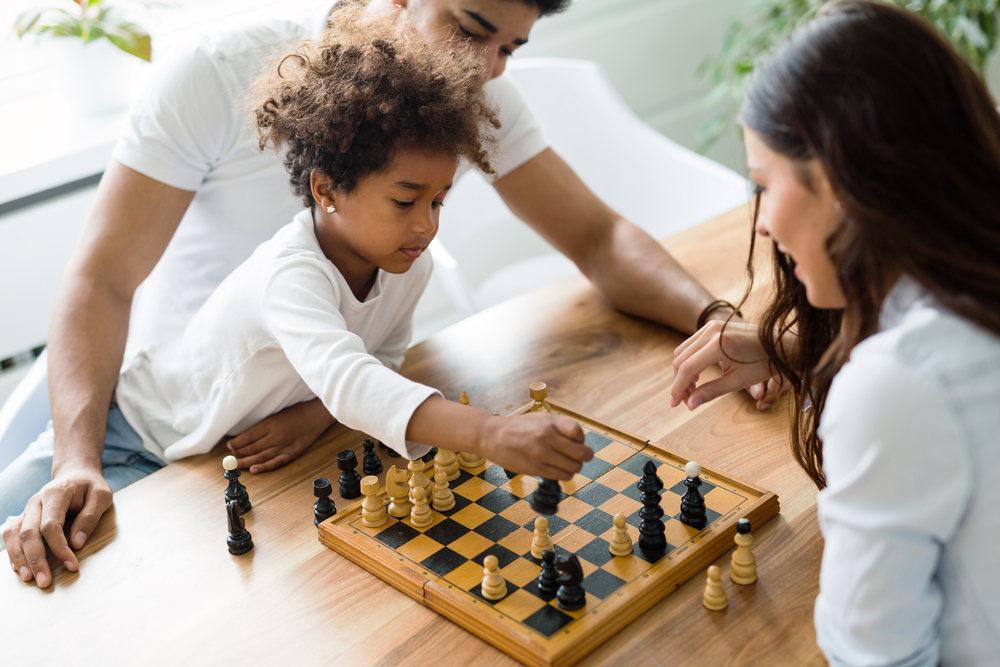Understanding patterns Worksheets for Ages 3-6
17 filtered results
-
From - To
Explore our engaging "Understanding Patterns Worksheets" designed for children ages 3-6! These interactive worksheets help young learners recognize and create patterns, fostering essential cognitive skills and creativity. With colorful illustrations and fun exercises, children will enjoy identifying repeating sequences and developing their logical thinking. Our worksheets provide a safe and nurturing environment for kids to practice pattern recognition through various activities, ensuring learning is both educational and entertaining. Perfect for parents and educators, these resources are a valuable addition to any early childhood curriculum. Download our worksheets today to kickstart your child's journey into the world of patterns!
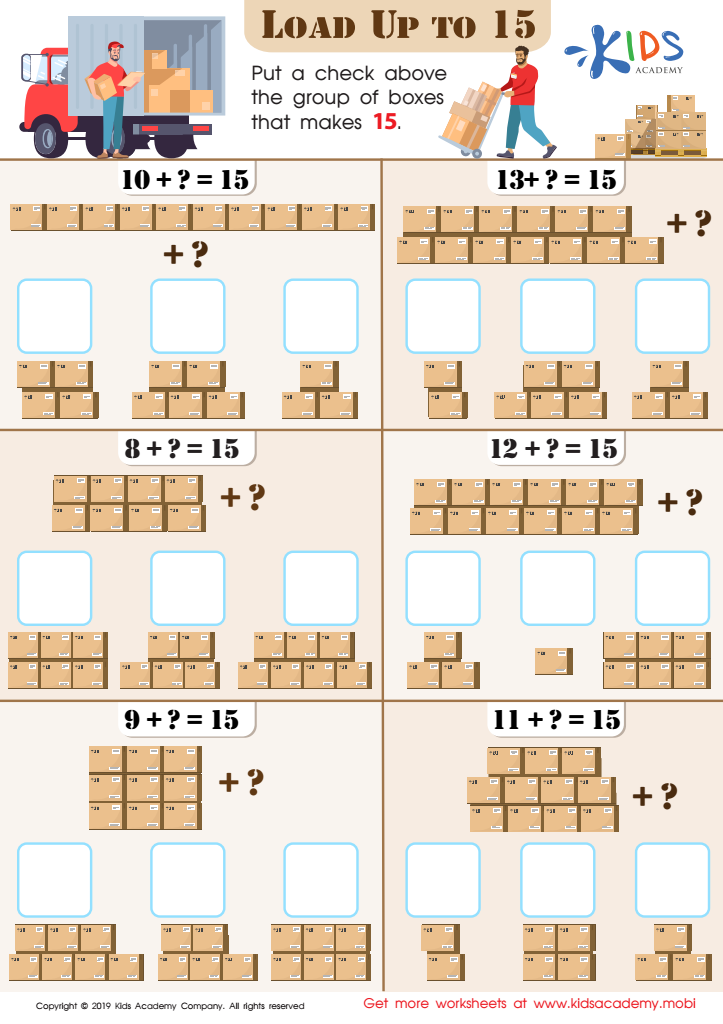

Load up to 15 Worksheet


Making a Graph: Flowers Worksheet


Addition: Space Math Worksheet
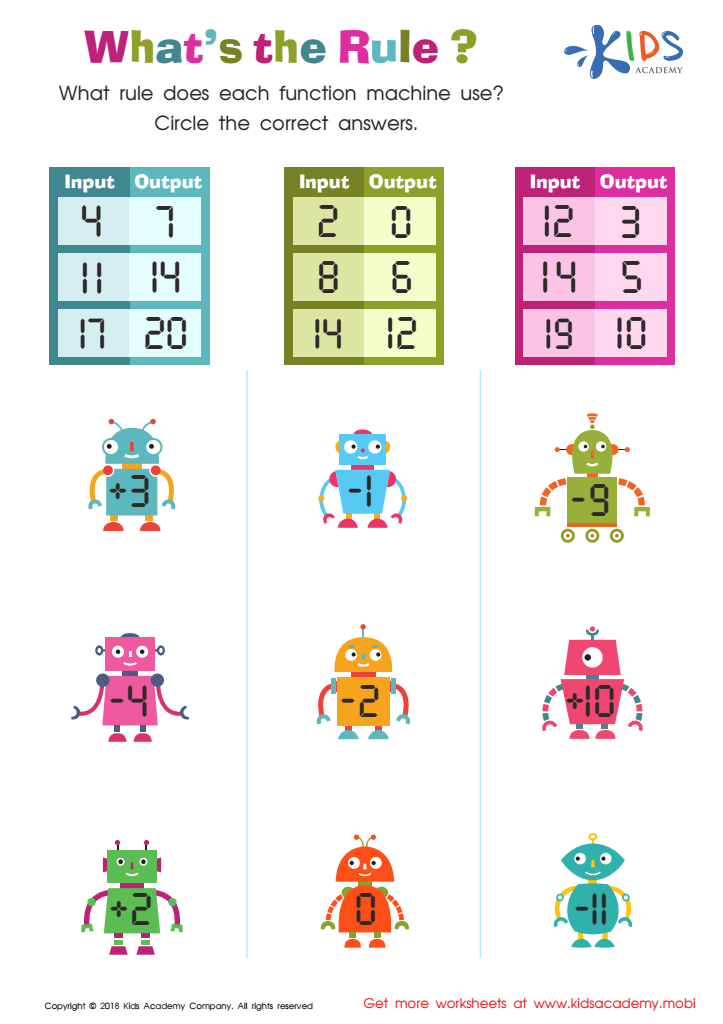

What's the Rule Worksheet
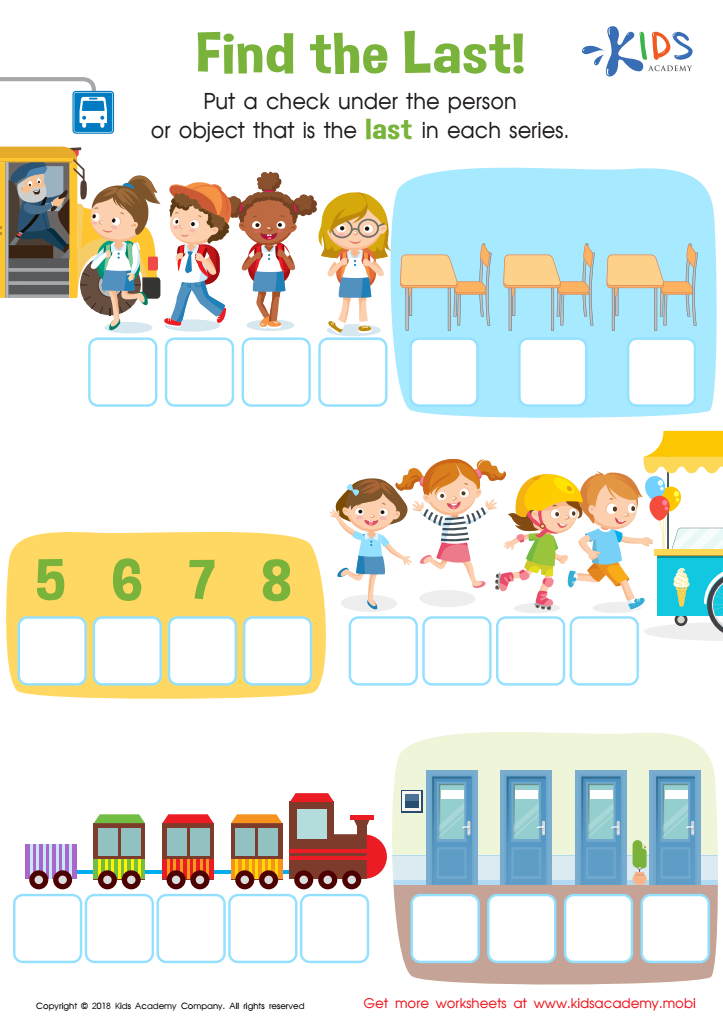

Find the Last! Worksheet
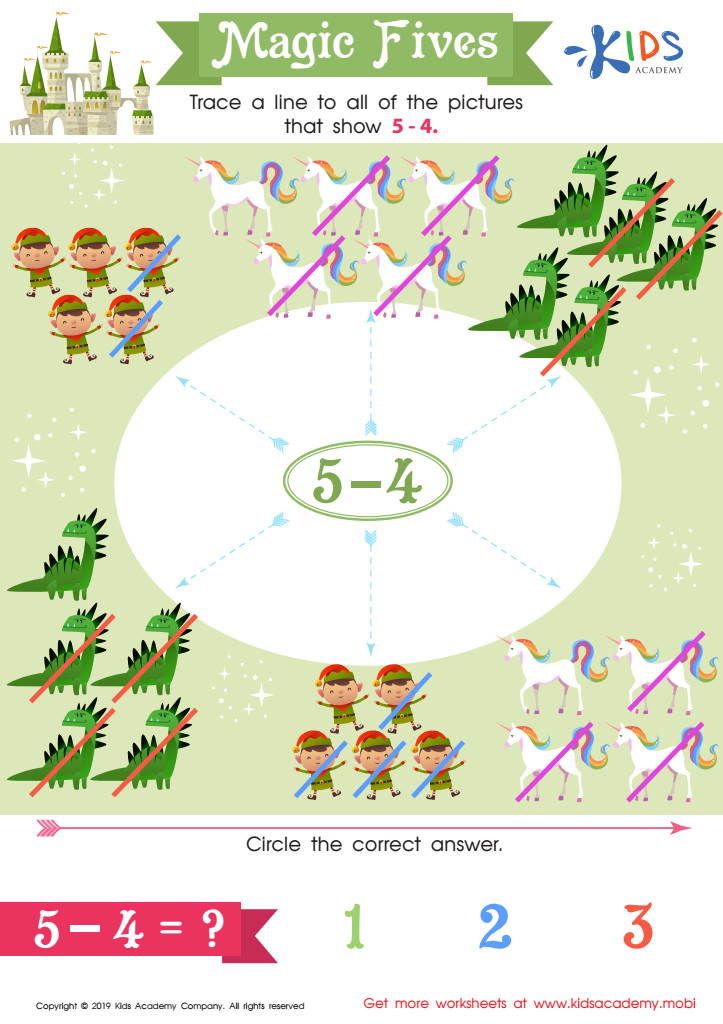

Magic Fives Worksheet
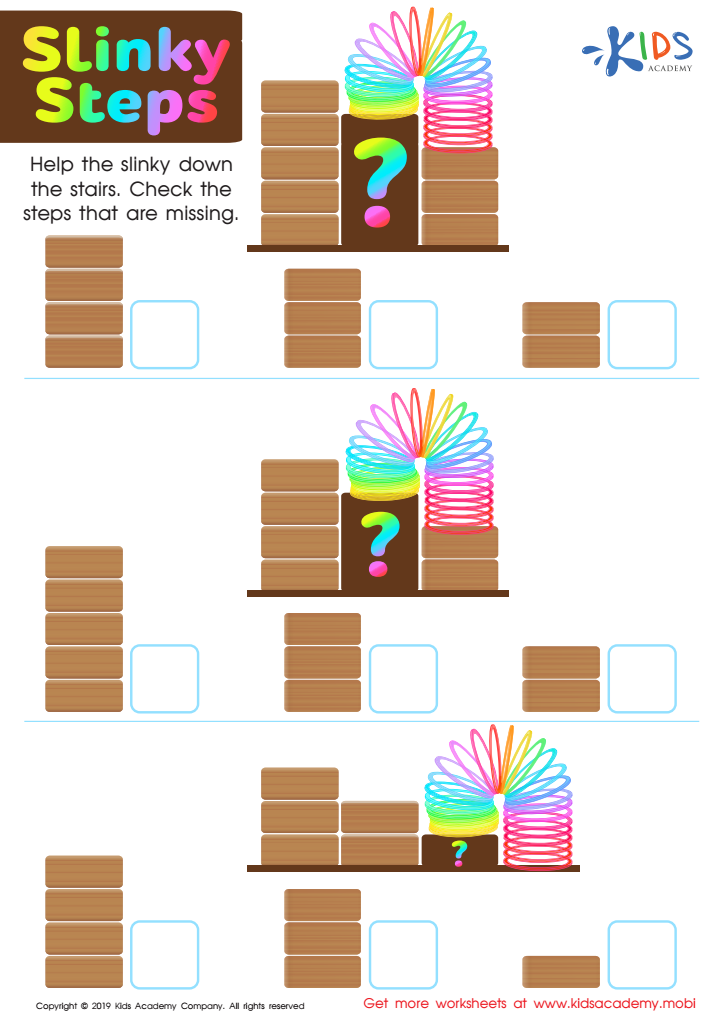

Slinky Steps Worksheet


Boomerang Addition Worksheet
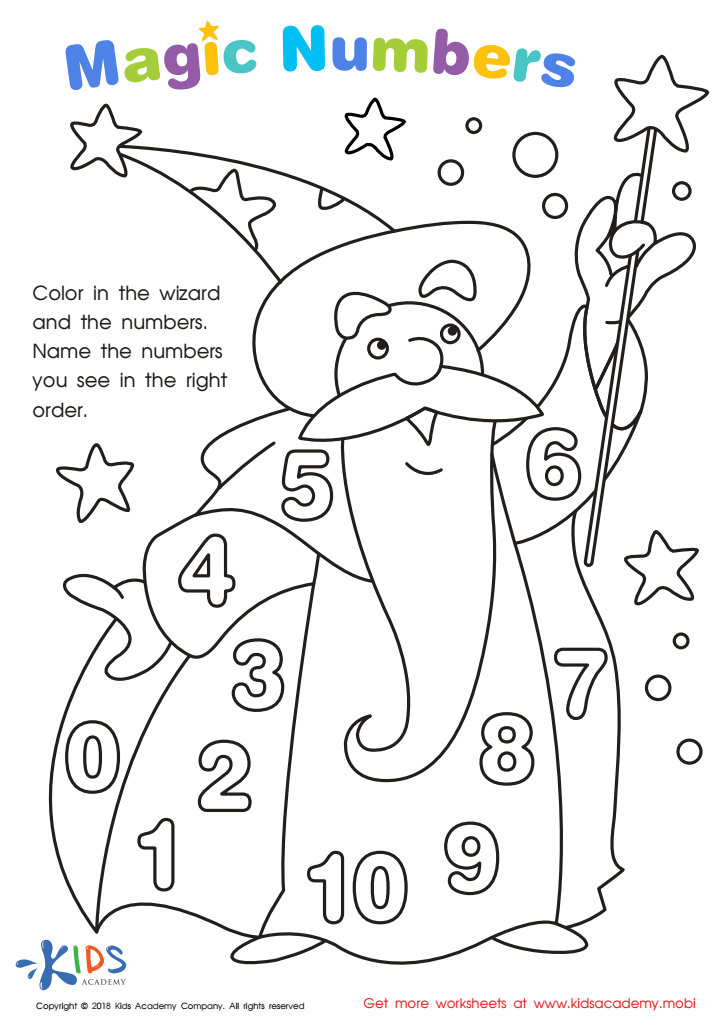

Magic Numbers Worksheet
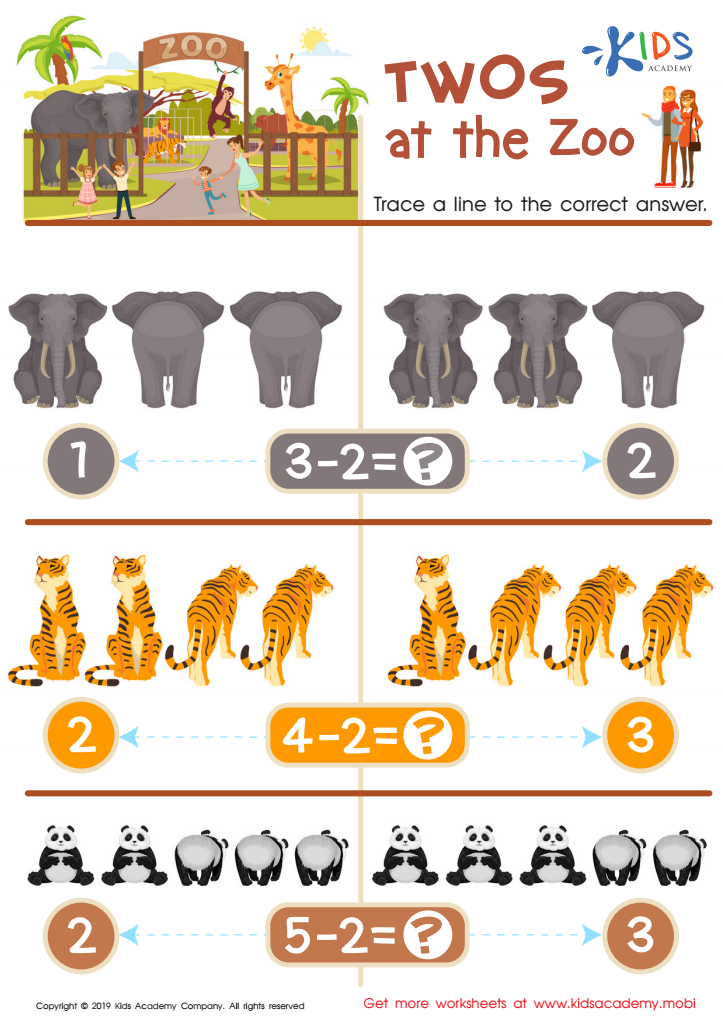

Twos at the Zoo Worksheet
Understanding patterns is crucial for children aged 3 to 6 as it forms the foundation for critical thinking and problem-solving skills. At this developmental stage, children are naturally curious and eager to make sense of their surroundings. Recognizing and creating patterns helps them develop mathematical thinking, enhances their ability to predict outcomes, and improves their cognitive flexibility.
Engaging with patterns also promotes language skills, as children learn to describe similarities and differences, fostering communication with peers and adults. Moreover, patterns are present in everyday life, from nature to music, making learning relevant and exciting. Teachers and parents who focus on patterns can implement fun activities—such as building block sequences or rhythmic clapping—making learning hands-on and engaging.
By emphasizing the importance of patterns, caregivers can help children build self-confidence in their abilities to recognize relationships and structures, setting the stage for future mathematical concepts. Furthermore, an understanding of patterns encourages perseverance, as children learn to solve problems in creative ways. Ultimately, nurturing pattern recognition in young children equips them with essential skills that will serve them well both in early education and throughout their lives.
 Assign to My Students
Assign to My Students
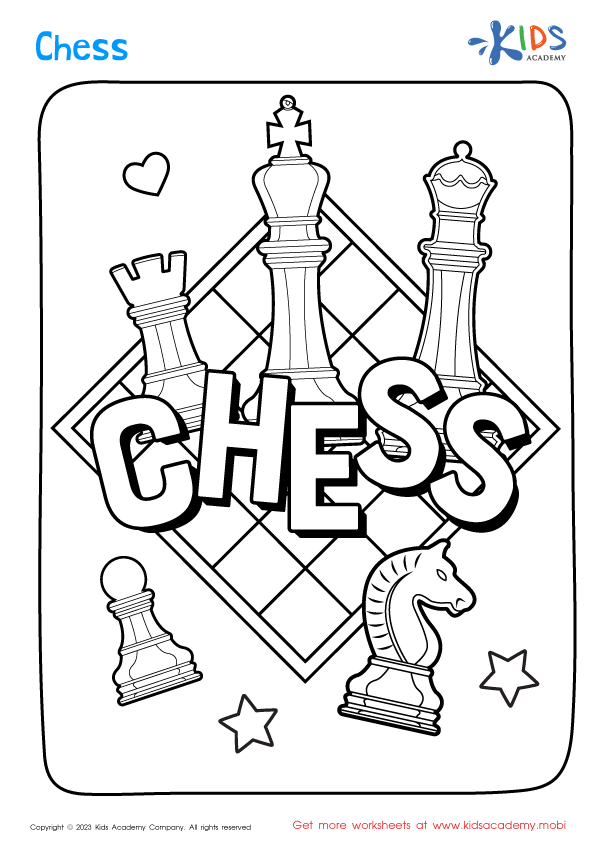


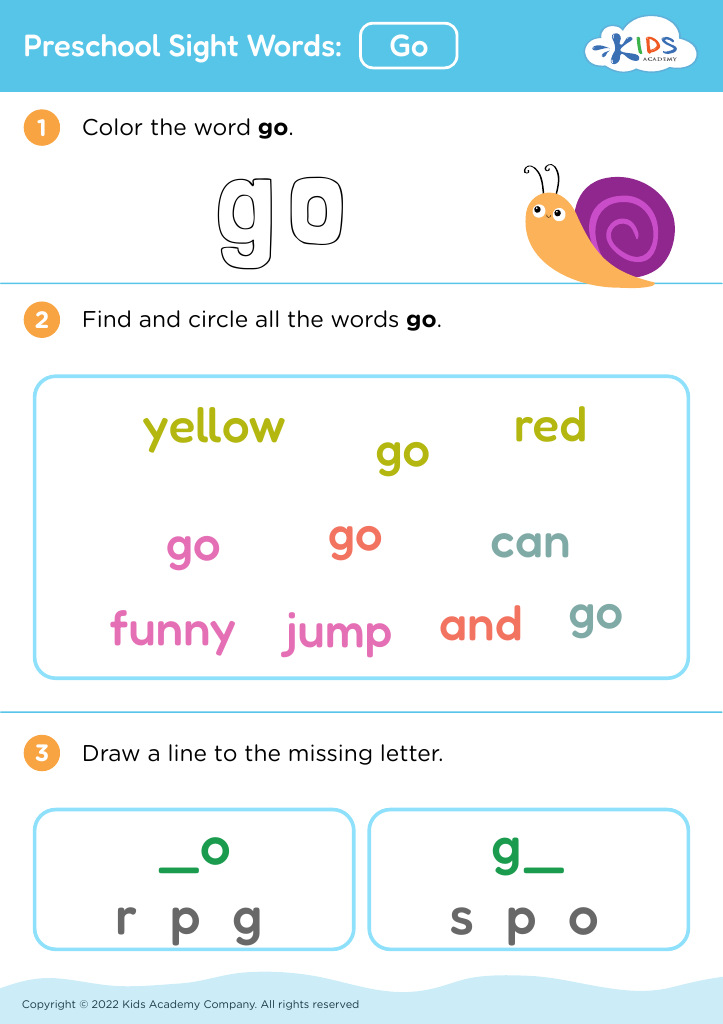
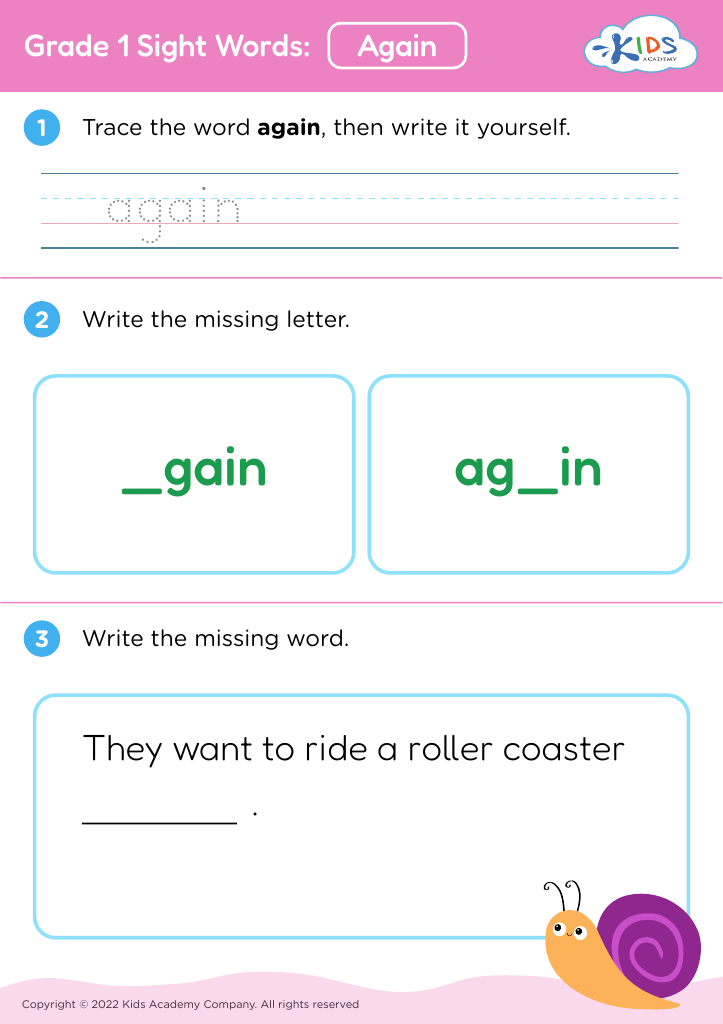
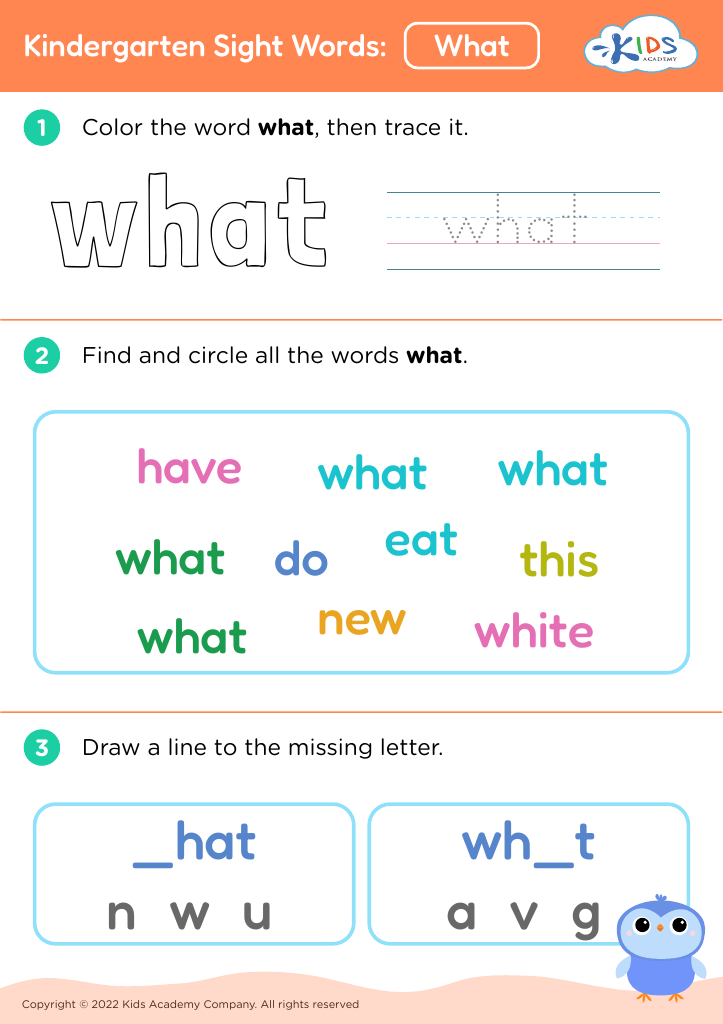
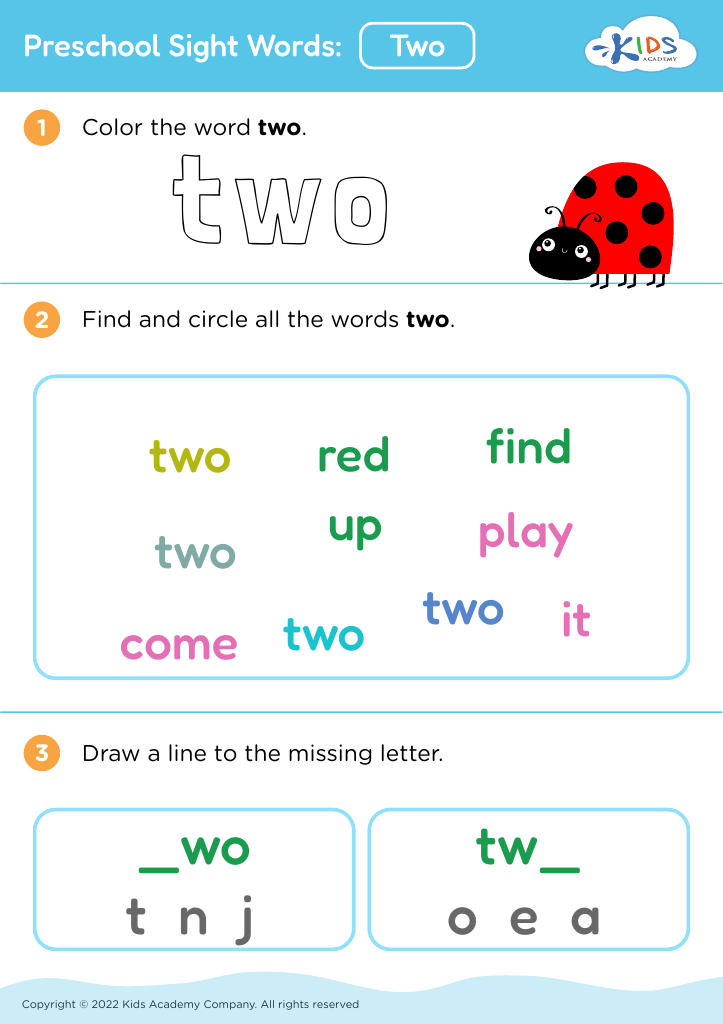





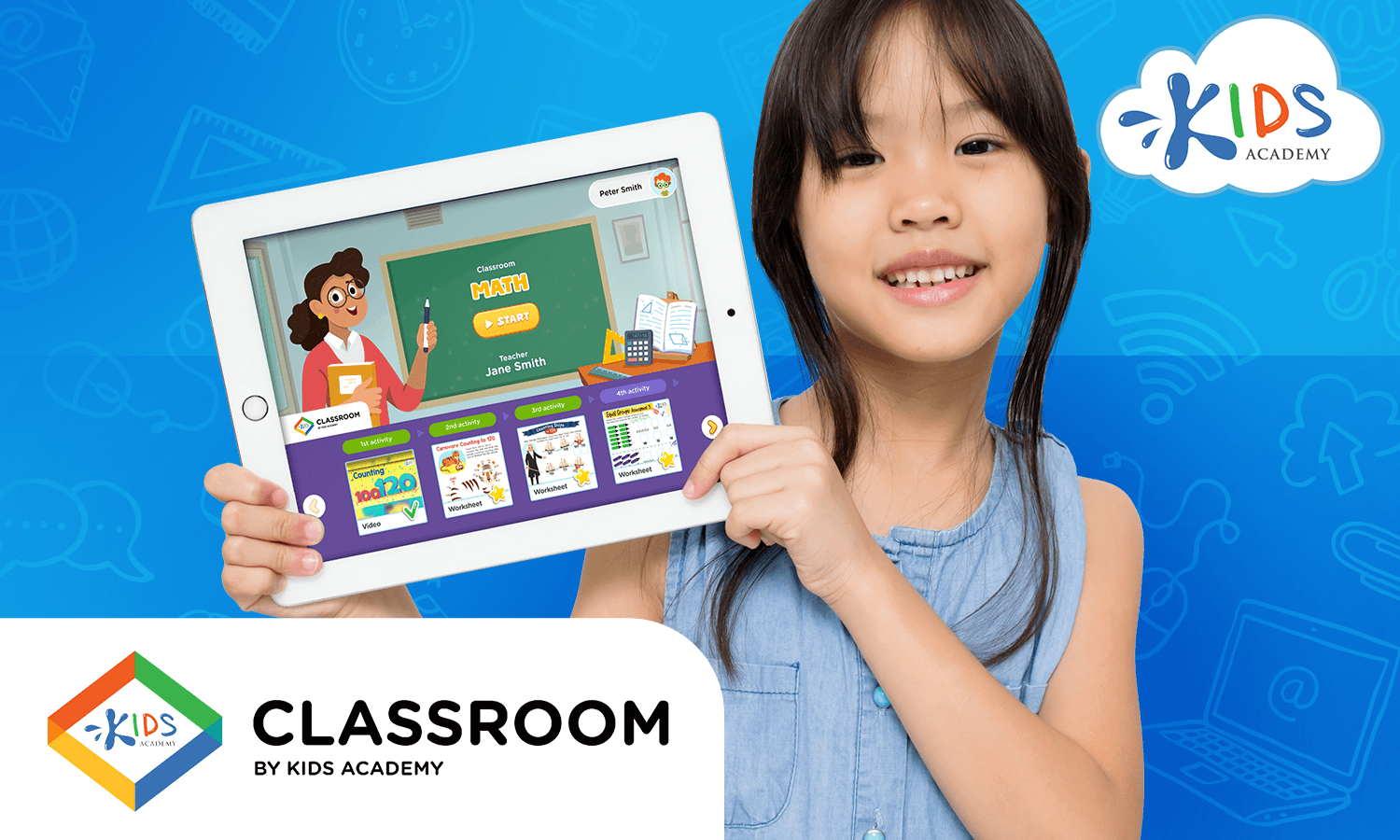
.jpg)
